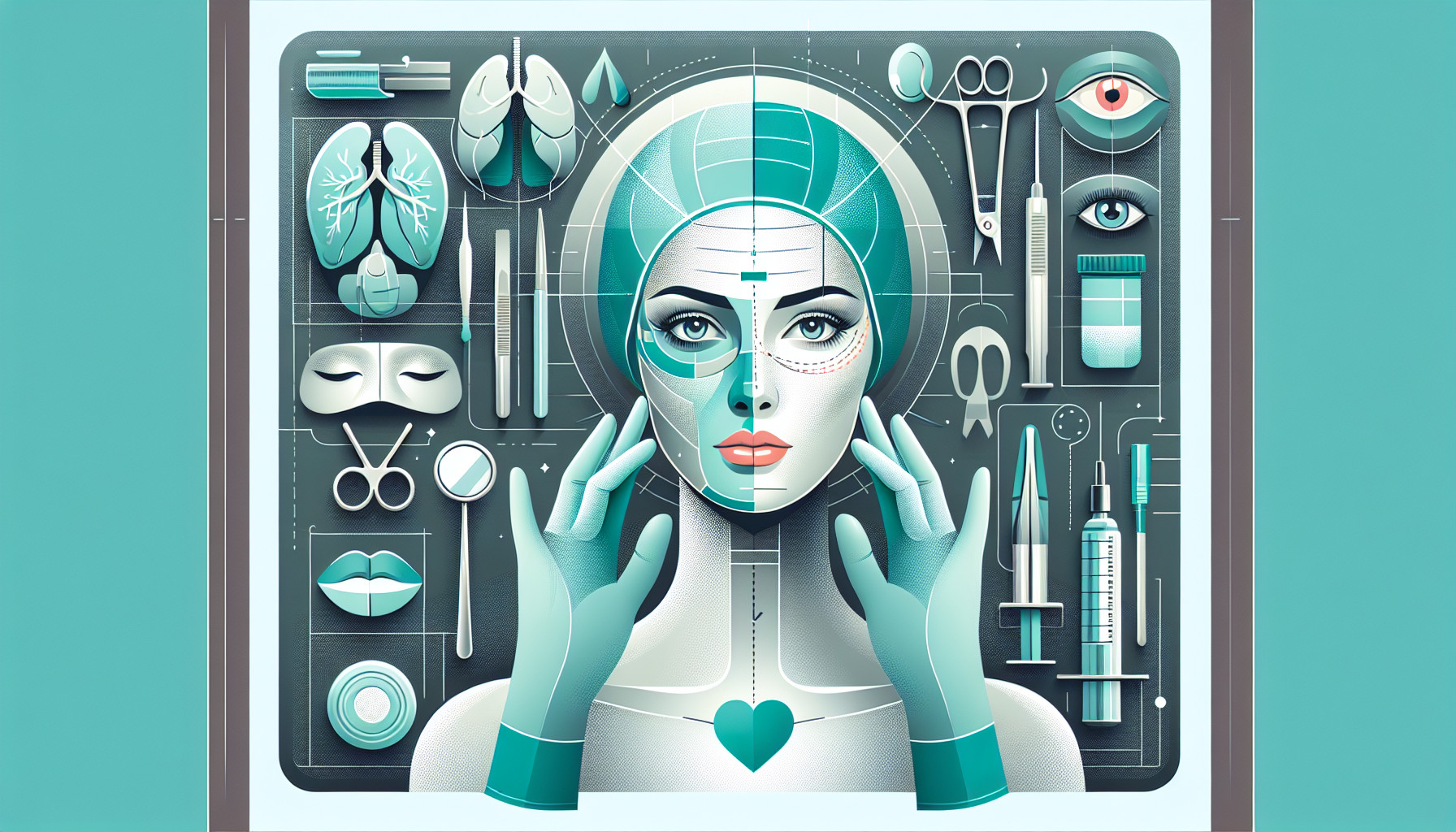Our Summary
This research paper is about how our eyes play a significant role in how our face looks, particularly in relation to aging. The area around our eyes, known as the “periorbital region,” is vital when it comes to facial rejuvenation procedures. When we’re young, the skin around our eyes is firm, undamaged by the sun, and the eyebrows are full and well-defined. However, as we age, changes occur.
The purpose of this study is to create a guide on how to use a specific technology, called plasma technology, to treat signs of aging around the eyes. The goal is to be able to consistently and safely achieve desired results.
FAQs
- What is the main focus of this research paper?
- What is plasma technology and how can it be used in facial rejuvenation procedures?
- What are the desired results the study aims to achieve with plasma technology in treating signs of aging around the eyes?
Doctor’s Tip
One helpful tip a doctor might tell a patient about blepharoplasty is to follow all pre-operative and post-operative instructions carefully. This includes avoiding certain medications that can increase the risk of bleeding, quitting smoking, and keeping the eyes clean and protected during the recovery period. Following these guidelines will help ensure a successful outcome and minimize the risk of complications.
Suitable For
Blepharoplasty, or eyelid surgery, is a common procedure recommended for patients who are experiencing signs of aging around the eyes. This includes individuals who have:
- Excess skin on the upper eyelids, which can cause hooding and make the eyes appear tired or droopy.
- Puffiness or bags under the eyes, which can make a person look older and more fatigued.
- Drooping lower eyelids, which can give the appearance of sadness or fatigue.
- Fine lines, wrinkles, and creases around the eyes, which can contribute to an aged appearance.
- Ptosis, or drooping of the eyelids, which can obstruct vision and affect eye function.
Overall, patients who are looking to improve the appearance of their eyes, reduce signs of aging, and enhance their overall facial rejuvenation may be good candidates for blepharoplasty. It is important for patients to consult with a qualified plastic surgeon to determine if they are suitable candidates for the procedure and to discuss their goals and expectations.
Timeline
Before blepharoplasty:
- Patient notices signs of aging around the eyes, such as drooping eyelids, under-eye bags, and wrinkles.
- Patient consults with a plastic surgeon to discuss their concerns and goals for the procedure.
- Surgeon evaluates the patient’s overall health, medical history, and expectations for the surgery.
- Pre-operative tests are conducted to ensure the patient is a suitable candidate for blepharoplasty.
- Patient receives instructions on pre-operative care, such as avoiding certain medications and foods leading up to the surgery.
After blepharoplasty:
- Surgery is performed to remove excess skin and fat from the eyelids, and to tighten the surrounding muscles.
- Patient experiences swelling, bruising, and discomfort around the eyes immediately following the surgery.
- Surgeon provides post-operative care instructions, including how to manage pain, swelling, and any potential complications.
- Patient attends follow-up appointments to monitor healing progress and address any concerns.
- Over time, swelling and bruising subside, and the final results of the blepharoplasty become more apparent. The patient may experience improved eyelid symmetry, a more youthful appearance, and increased self-confidence.
What to Ask Your Doctor
What are the potential risks and complications associated with blepharoplasty?
How long is the recovery time after blepharoplasty surgery?
Will there be any scarring after the procedure?
How long will the results of blepharoplasty last?
What are the realistic expectations for the outcome of blepharoplasty?
How many blepharoplasty procedures have you performed, and what is your success rate?
Are there any non-surgical alternatives to blepharoplasty that I should consider?
Will I need to follow any specific post-operative care instructions after the surgery?
How soon after the procedure can I resume normal activities, such as wearing makeup or exercising?
What type of anesthesia will be used during the blepharoplasty surgery?
Reference
Authors: Cantisani C, Amori P, Vitiello G, Tirant M, Thuong VN, Lotti T, Matovic D, Hajzler ZP, Vojvodic A. Journal: Dermatol Ther. 2019 Nov;32(6):e13119. doi: 10.1111/dth.13119. Epub 2019 Nov 19. PMID: 31606942
